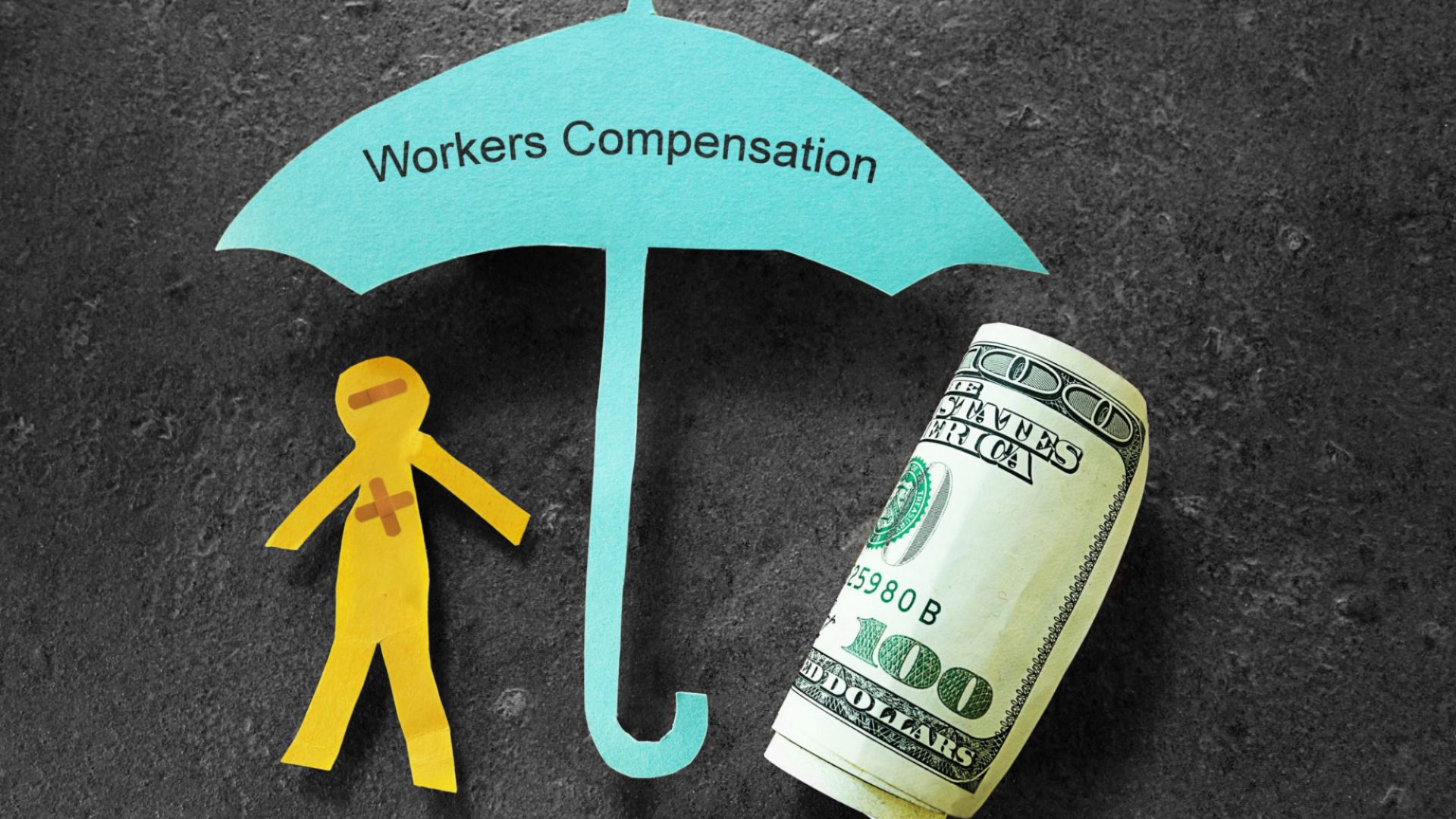Who pays for worker’s compensation insurance? The answer may have a larger impact than you realize. While most of our “red flags” address specific situations, this red flag is present in every work comp case. My goal here is to give you the tools necessary to understand how who pays for work comp insurance creates a conflict of interest and help you make a plan of action to safeguard your interests from this red flag.
Who Has to Pay for Workers’ Compensation Insurance?
In a nutshell, workers’ compensation is an insurance-based system that is run by each individual state. Most workers’ compensation statutes mandate employers carry insurance that covers injured workers. In Minnesota, employers are required to provide workers’ compensation benefits that provide for wage replacement, disability benefits, medical benefits, and rehabilitation benefits.
In Minnesota, both private insurance through a third-party provider and self-funded insurance are allowed.
While Minnesota employers are free to choose how to insure, employers do not have discretion over who pays for the insurance. Your employer is the party responsible for obtaining and maintaining workers’ compensation insurance for eligible employees. It is not the eligible employee’s responsibility. This is good news for employees, but it also creates a conflict of interest or “red flag” of which you should be aware.
The Conflict of Interest
Regardless of whether your employer is self-insured or purchases its insurance from a third party, the number of workplace injuries an employer has will ultimately impact how much it has to pay for insurance.
Every employer is concerned with its “bottom line.” It is no secret that most employers are focused on profits and balancing the budget, so it is not difficult to understand why they are motivated to keep their workers’ compensation costs low.
The method of insurance your employer has chosen to use may impact just how motivated they are to “keep costs low.” The type of insurance plan your employer has may also impact how motivated your employer is to fight your workman’s compensation claim in order to keep its costs at a minimum.
Private Insurance
If your employer has private work comp insurance, it pays a monthly premium and may have deductibles. The insurance relationship between your employer and the workers’ compensation insurer looks a lot like the relationship you have with your personal homeowners or car insurance. The premiums reflect the risk the insurer is assuming.
For example, consider your car insurance. If you are in multiple car accidents, get excessive speeding tickets, or a DWI, your monthly car insurance premiums will probably go up. Your insurer raises your rates because it believes your past record is an indicator of future claims. Minnesota workers’ compensation insurers use similar reasoning to determine premium rates for employers.
Work comp insurers factor in how many workplace injuries and accidents have happened when determining the premium your employer has to pay. This means that the fewer claims your employer makes on its work comp insurance, the less its premiums will be. On the other hand, it also means that the more claims your employer makes, the more expensive its workers’ compensation premiums and deductibles will be. And that is where the conflict resides.
Self Insurance
If your employer is self-insured, this means that your employer is responsible for paying all of its workman’s comp claims out of pocket. Because this can expose employers to huge expenses, employers who choose to self-insure are usually larger companies that could easily pay a catastrophic claim.
However, just because a large company could pay for a claim does not mean they want to pay for a claim.
In some ways, self-insured employers are an extra-large red flag. Not only does the company have a very personal stake in the claim, but it is also likely that it has vast amounts of resources to fight the injured worker in court. They might even have their own in-house attorney or at least have a close relationship with a law firm that specializes in fighting workers’ comp claims.
Next Steps: Making a Plan of Action
It is important that you understand that your employer isn’t the only one with a bottom line. This is your physical and financial health. You only get one body, and it has to last you your whole life. If you were injured while working, it is essential that you make sure you receive medical care and receive the proper accommodations to ensure you can heal properly and get back to your regular life.
Your employer has insurance for just this situation, so do not let your employer make the choice to forfeit your physical and financial health.
I suggest you make a plan of action. Are there any red flags you need to take into account? It is never too early to contact an attorney after a workplace injury. This is especially important if any of the following “red flags” have taken place:
- Your employer is giving you the “runaround” and is making the claim process difficult.
- You received a notice that your benefits are being discontinued.
- Your claim has been denied.
- Your employer claims you have reached maximum medical improvement.
- Your employer is trying to discourage you from reporting your claim.
- Your employer is retaliating against you for filing a workman’s compensation claim.
As always, our team of Minneapolis worker’s compensation lawyers are available to help you get and maximize your workers’ compensation benefits. We advocate for you today, so you have a better tomorrow. To speak with an attorney on our team at 612-INJURED, call or text us at (612) 465-8733.

